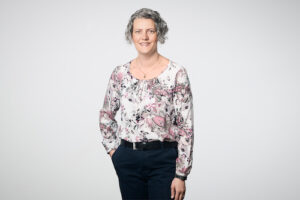Emily Bache

About me…
I am an independent consultant with Bache Consulting and chair of the Samman Technical Coaching Society. As a technical coach I work with software development organizations who want to get better at the technical practices needed to be agile, including Test-Driven Development, Refactoring and Incremental Design. I live in Gothenburg, Sweden, although I am originally from the UK. I’ve written two books: “Technical Agile Coaching with the Samman method” and “The Coding Dojo Handbook”. I teach for both O’Reilly and Pluralsight. I’m married to Geoff Bache, creator of TextTest. I am also on Mastodon as emilybache@sw-development-is.social.